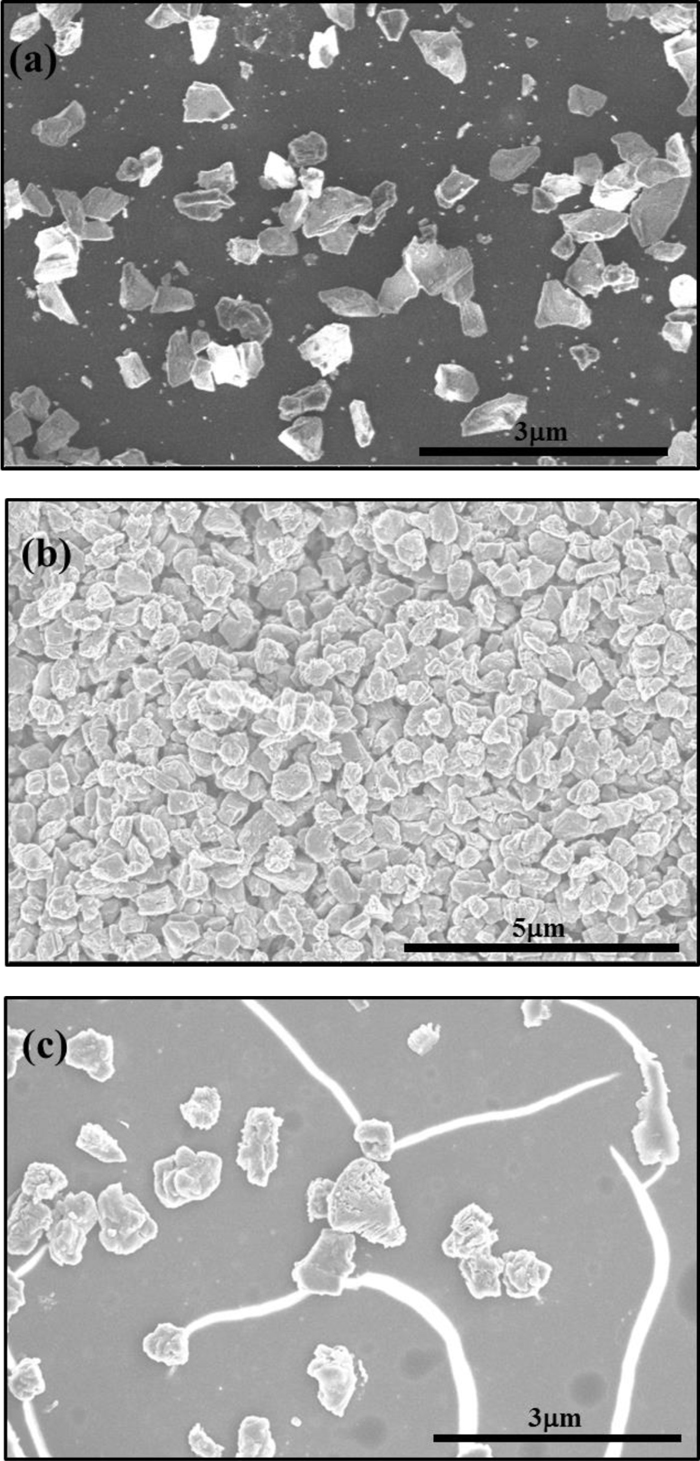
Most Diamonds are made at high temperature and pressure, either naturally through time in the earth’s mantle or synthetically by man.
But now, researchers at North Carolina University have created a diamond at room temperature using lasers.

BYPASS THE CENSORS
Sign up to get unfiltered news delivered straight to your inbox.
You can unsubscribe any time. By subscribing you agree to our Terms of Use
Latest Video
United Press International reports:
“We’ve now created a third solid phase of carbon,” Jay Narayan, a material scientists at NC State, said in a press release. “The only place it may be found in the natural world would be possibly in the core of some planets.”
Researchers call the new phase Q-carbon. To make it, scientists coated a substrate of sapphire, glass or a plastic polymer with a layer of non-crystalline amorphous carbon. The coated substrate is then blasted with single laser pulse. The pulse lasts just 200 nanoseconds, momentarily raising the carbon’s temperature to 4,000 Kelvin before quickly cooling. The surrounding air pressure remains the same.

The result is a uniquely crystalline material, harder than a real diamond and boasting a variety of new properties, most of them unstudied and potentially many more undiscovered.
“Q-carbon’s strength and low work-function — its willingness to release electrons — make it very promising for developing new electronic display technologies,” Narayan said.
Scientists can manipulate the Q-carbon creation process — lengthening the duration of laser pulse, for example — to alter the end product. The technique can produce a single crystal or other non-diamond shapes.
A One-Carat Diamond In 20 Minutes
Bizjournals reports:
Researchers hit carbon with a single laser pulse that lasts about 200 nanoseconds, raising the temperature to 4,000 degrees Kelvin. The cooling happens so rapidly that you’ll never know it was hot, creating a film of Q-carbon.
“We can scale up easily, because these lasers are just really, really fast,” he says.
The initial goal will be to create nano-needles for drug delivery, diamond coatings for polishing and diamonds for thin-film electronics. Eventually, he and his team want to grow diamonds large enough for jewelry, but testing nano-applications comes first, he says.
“We want to see if we can compete,” he explains, although he does say the process could create a one-carat jewel in about 20 minutes.
Patents have been filed, and one partnership has been inked with wearable device-maker Kopin Corporation out of Boston. Since the final product appears to glow in the dark, it has the potential to make “very efficient” display devices, he says. But the crazy ideas, too, are already pouring in, like the calls he’s getting about turning cremated human ashes into diamonds.
“Right now, I’m more interested in the commercial applications,” he tells the callers.
His research has been supported by Kopin, as well as a $500,000 grant from NSF. But now that the breakthrough has happened, he’s expecting the dollars to increase.


